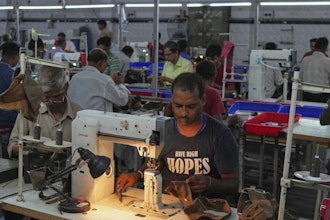
Arkisys Inc, with partners Qediq Inc, Novawurks, Motive Space Systems, iBoss, and the Texas A&M Engineering Experiment Station (TEES), has been awarded a Direct-to-Phase II SBIR contract by SpaceWERX, the innovation arm of the U.S. Space Force (SpaceWERX, a component of the Air Force ResearchLaboratory (AFRL)).
Led by Arkisys Inc, this newly funded project— demonstrating the building of a standalone 3-axis stabilized satellite on the Port Module—directly addresses the Space Force’s desire to make space operations more resilient and expand commercial activities in space.
“This new effort expands the overall services we have created to include the high fidelity manipulation required to assemble and then release a new space platform off of our Ports in orbit,” said Dave Barnhart of Arkisys Inc. “This award opens up a unique methodology to support on-orbit flexibility, mission change in flight, high fidelity manipulation, and assembly of complex objects. And it’s super cool!”
“Through the unique SBIR process from U.S. Space Force and SpaceWERX, we will address using resources in space to create new platforms or modify them on the fly, rather than only build new ones,” said Talbot Jaeger, CTO of Novawurks Inc. “The Port will demonstrate a platform that can create a space system from parts into an operational element. We are proud to support Arkisys with our unique HISat system to achieve a full-scale demonstration.”
The Port team will execute a full-scale demonstration in 1G to validate robotic operations in assembling a separable functional space platform, on a Port Module.
“The ability to assemble a functional satellite off of another platform is something that will open up not just Earth orbit markets and on-the-fly changes to existing satellites, but to on demand satellites for lunar or Martian exploration,” said Dr. Robert Ambrose, director of space and robotics Initiatives at TEES. “This is incredibly exciting for us as we are developing platforms to validate and demonstrate higher fidelity robotics on orbit, to build, assemble, repair and operate.”






















